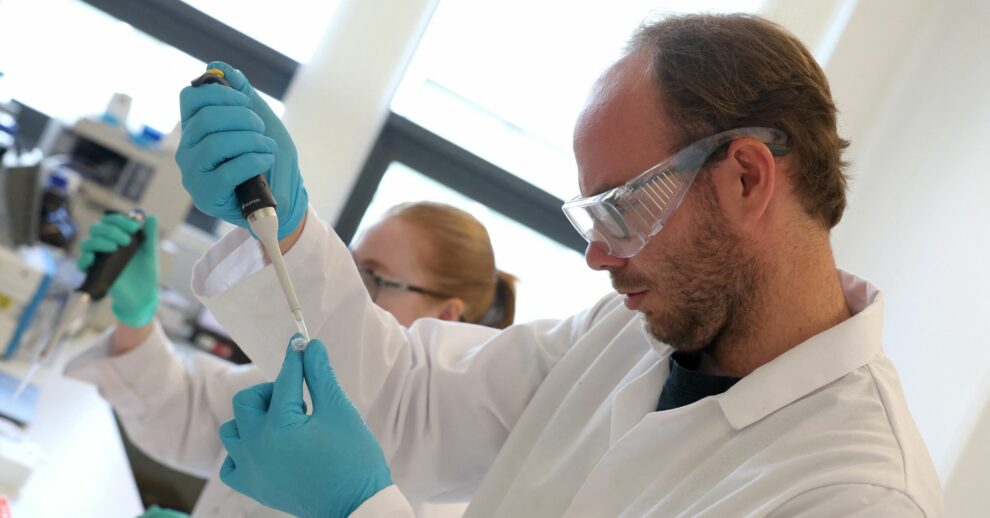New laboratories are exploring the future of the Internet, robotics systems and artificial intelligence. These centres of technological excellence have recently been opened at Coventry University.
The two new areas at Coventry University are the Internet of Things (IoT) and Human-Robot Interaction (HRI) laboratories, based at the university’s Centre of Computational Science and Mathematical Modelling. These have been developed in collaboration with the National University of Sciences and Technology (NUST).
NUST is a multi-disciplinary, entrepreneurial university based in Pakistan, whose founding principles are based on research and innovation.
The IoT laboratory has been set up by the Director of Data Science and Emerging Technologies, Professor Elena Gaura, and it will investigate how physical objects, embedded with sensors, software and other technologies, connect and exchange data with other devices and systems over the Internet.
IoT refers to the billions of physical devices around the world that are now connected to the Internet, all collecting and sharing data. IoT implementations use different technical communications models, each with its own characteristics. Four common communications models described by the Internet Architecture Board include: Device-to-Device, Device-to Cloud, Device-to-Gateway, and Back-End Data-Sharing.
In addition, the IoT laboratory is expected – through the use of modern technology – to develop practical technological solutions to local problems and add value to society.
The HRI laboratory has been pioneered by Professor James Brusey, co-director of Coventry University’s Centre for Computational Science and Mathematical Modelling. This laboratory is dedicated to the understanding, designing and evaluating of robotic systems for use by or with people.
HRI refers to the study of interactions between humans and robots. This is a multidisciplinary field covering researchers of human–computer interaction, artificial intelligence, robotics, natural language processing, design, and psychology.
Interaction requires communication and this is achieved through combinations of voice, image, text, eye movement, and touch, as well as bio-signals.
The facility seeks to utilise techniques like artificial intelligence and computer modelling to improve the ways in which people and machines work together.
One of the aims of both centres is to keep pace with the pace of change impacting modern technology and artificial intelligence.
To support these UK bases, two identical laboratories have been opened in Pakistan after Coventry University joined forces with NUST.
Source: Digital Journal















